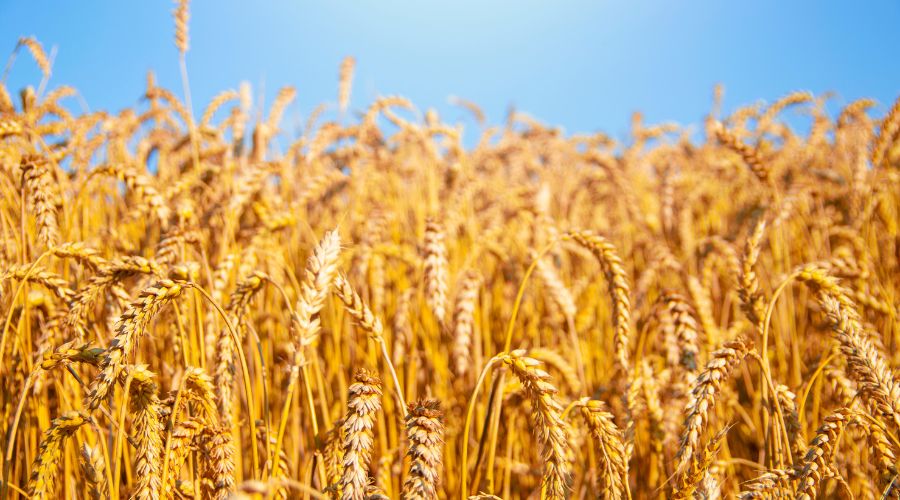Why are wheat yields so variable this season?
27th August 2024
As harvest is well underway, there are several lessons starting to emerge to explain the variability in wheat yields, said Hutchinsons technical support manager.

Neil Watson, Hutchinsons technical support manager, said that what has been most evident so far this harvest is the significant variability in yield, with some crops performing well considering the circumstances, whilst others barely reaching half this potential.
This occasionally happens within the same field.
The expert added: “The trend seems to be better or freer draining soils have maintained their yield capabilities, albeit with no record yields. Conversely, the heavier and the poor structured soils have seen their potential plummet.”
More significantly, it has all been about soil drainage and root development, believes Mr Watson.
“The ratio of 20:1, the final above ground biomass production to below ground root production tells you everything.
“If you hinder root development, the knock-on effect on biomass will be all too evident. The effects of temporary root drowning were not only limited to the winter. In some parts of the country heavy rain late on in the season just as the crop approached ripening, caused premature senescence.
“This lack of biomass was all too evident from early spring onwards. Wet soils hindered uptake of nitrogen at a vital stage.”
Difficult weather conditions

The lack of sunshine has significantly hindered biomass production, particularly early in the season at the construction phase, which Mr Watson said was never made up through the critical growth stages of the growing season that followed.
“In the latter stages it has not helped with grain fill either, subsequently bushel weights have suffered. Elevated temperatures towards the end of the growing season also led to accelerated leaf ageing leading to negative effects in the grain filling phase,” he continued.
Although the expert does believe in general, the lower temperatures through most of the critical spring/summer growth period helped reduce the stress on crops.
“Blackgrass control, or lack of it will have impacted yield, not because of poor residual control in the autumn, quite the contrary, because of the wet spring surviving plants were able to negate the effects of the autumn residuals,” Mr Watson added.
Wet winter did not help
He also pointed out that disease pressure played a key part in most areas.
“Septoria pressure was high in the early part of the season, continuing through the critical months of April and May. The early drilled crops, as expected, were at the greatest risk, with many growers struggling to keep leaf two clean.
“Rust was a major risk this season, both yellow and brown in susceptible varieties, once in the crop in the base of the crop fungicide programmes struggled to hold the disease beyond three weeks,” he says.
“Fusarium and ergot are more prevalent this year than most, primarily because of a wet flowering period.”
Mr Watson believes partly because the wet soils delayed applications, BYDV was more common among winter than spring crops this season.
“The wet winter did not help with take-all in cereals this year either, it has even shown through in first cereals.”
“When you consider all of these issues that the season has thrown at crops, it’s no wonder we are seeing a range of yields across farms and even fields,” he concluded.
Read more arable news.



